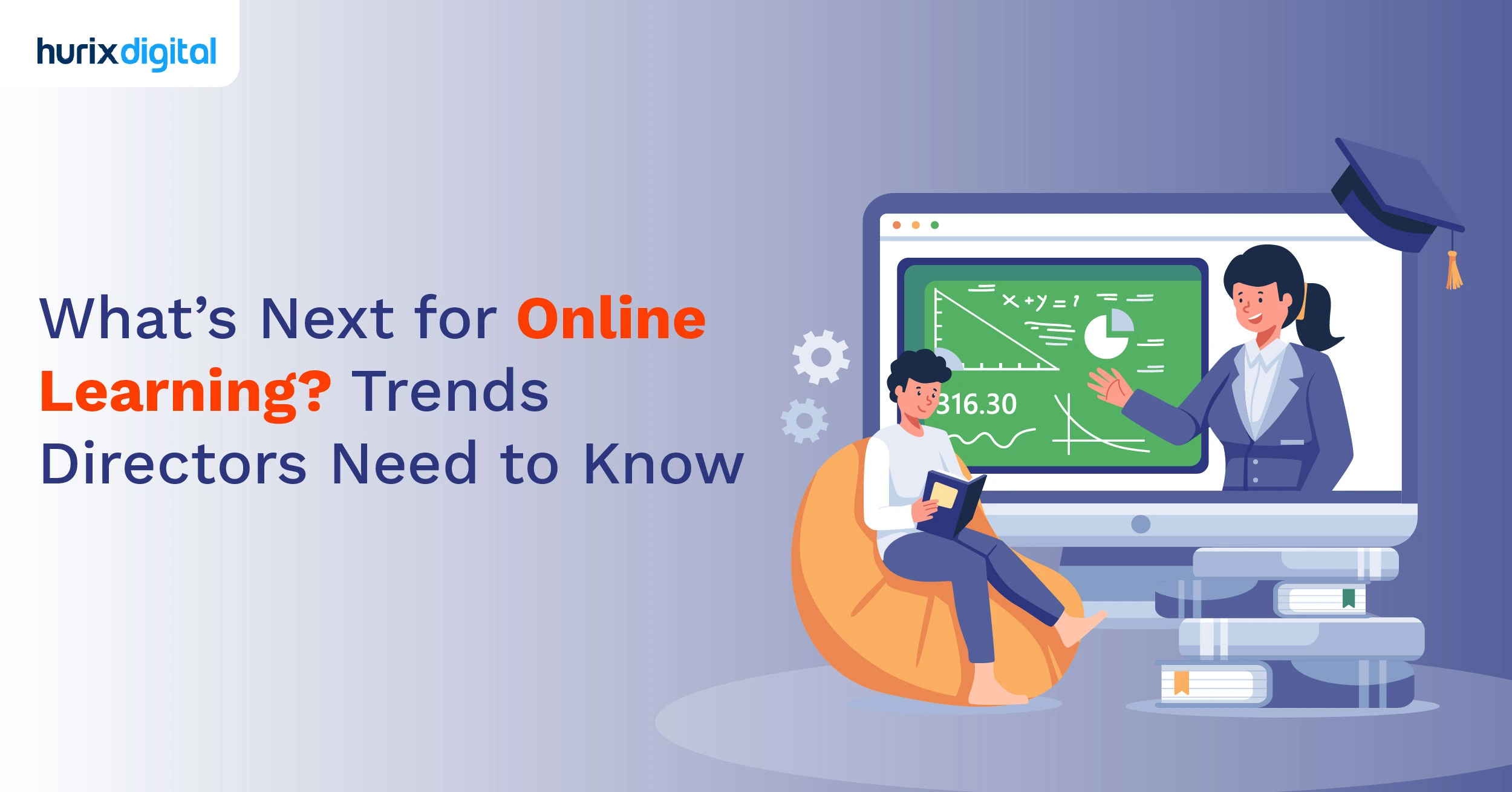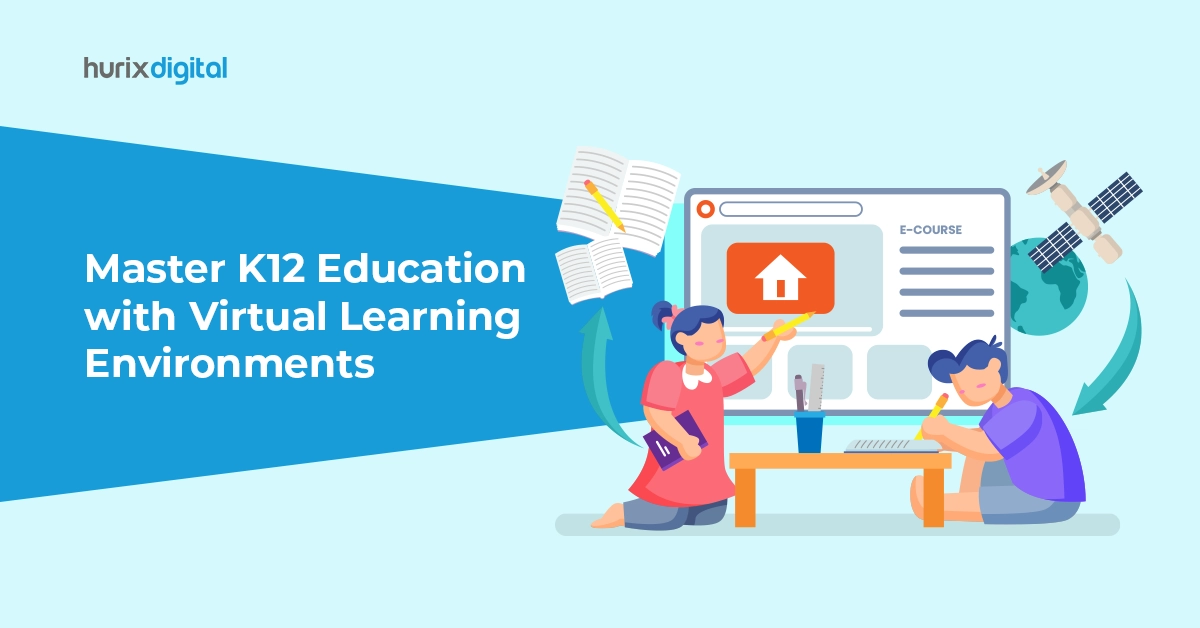
The Role of Virtual Faculty in Higher Education
Technological advancements have revolutionized most of the world’s major industries and sectors, and the field of higher education is no exception. The role of virtual faculty in higher education has increased multi-fold to enhance the learning experience for students.
With the availability of affordable and accessible internet facilities worldwide coupled with the development of new online teaching platforms and software applications, more and more virtual higher education avenues have been thrown open to students.
Whether or not the modified role of faculty is a viable change for the better is a debate that dominates the world of higher education today, but to participate in that discussion, one must first understand what this change entails.
The Exponential Rise of Online Learning Worldwide
The COVID-19 pandemic has almost single-handedly resulted in an unprecedented rise in virtual learning worldwide. Forced into their homes to escape the wrath of the virus, both students and teachers came together to make the most of technology in challenging times.
UNICEF estimated in September 2020 that almost 1 billion children might fall behind due to the pandemic and resulting school closures. However, the rapid and efficient response to this predicament has allowed virtual faculty to keep the damage to a minimum and leverage technology to ensure that children continue to learn from the safety of their homes.
The best way to assess development during a crisis like this is to stay updated with adequate data collection and consider the following issues to understand the reliability and access to a quality college education.
Role of Virtual Faculty in Higher Ed: Facilitating Remote Student Success
1. Boost student engagement
One of the major challenges of online teaching is ensuring student engagement. This is primarily because it becomes very difficult for institutions and virtual faculty to identify students who attend the virtual lecture but are not focused or participating in the class.
Therefore, one of the more important responsibilities of virtual faculty is to ensure that students are engaged in online classes and are actively learning through assignments and in-class discussions.
2. Collaborate with students to clear doubts online
One of the most difficult problems that virtual faculty face in online learning models is the prompt and satisfactory resolution of student doubts. First and foremost, students may be more hesitant or find it more difficult to seek the help of their professors online due to the lack of a common physical learning space.
It becomes the duty of virtual faculty to create an environment in the virtual classroom that allows all students to be forthcoming with their doubts and queries.
This requires a lot of patience on the part of faculty since doubt-solving over the Internet is considerably more difficult due to communication barriers; nevertheless remains a cornerstone of effective learning in higher education.
3. Ensure structured learning
The consensus on education at any level is that a structured learning environment is beneficial to both faculty as well as students. Structured learning models will help students better manage their time and meet their deadlines.
Therefore, to ensure the full benefits of online learning to all parties involved, the learning structure should employ a range of collaboration methods that promote a personalized and efficient learning experience.
4. Motivate students to learn better
The morale of students may be hit due to the pandemic and the drastic changes in learning patterns that are inevitable as a result of the shift to the online mode of education.
The role of virtual faculty thereby also includes efforts to motivate students and boost student morale to gear them towards self-development and efficient learning. This will ensure that they are not disadvantaged by online learning models and retain an interest in the curriculum being taught.
Digital curriculum development in higher education is extremely crucial to help students engage with the content, learn better and improve their academic performance.
5. Effectively use technology for student development
Technology has a wide array of potential applications to aid student development. With the creative use of interactive media, student engagement levels can be improved which will eventually translate into better academic performance.
Conclusion
The COVID-19 pandemic may recede in the months to come or continue to be a global menace, but one thing is certain: the higher education field will probably never be able to revert to pre-pandemic teaching methods.
Over the last two years, several benefits of online learning in higher education have been recognized, such as improved time management, better accessibility, flexibility, and access to opportunities that would have otherwise been impossible due to geographic limitations.
Efforts must therefore be made to harness these benefits while at the same time allowing students to experience traditional, physical learning patterns that are beneficial to personal growth and development; developing a hybrid model may be able to achieve this.
 Upcoming Masterclass | Build an Army of Brand Evangelists using Training & Development | November 20th, 8:30 AM PDT | 11:30 AM EDT | 10:00 PM IST
Upcoming Masterclass | Build an Army of Brand Evangelists using Training & Development | November 20th, 8:30 AM PDT | 11:30 AM EDT | 10:00 PM IST




